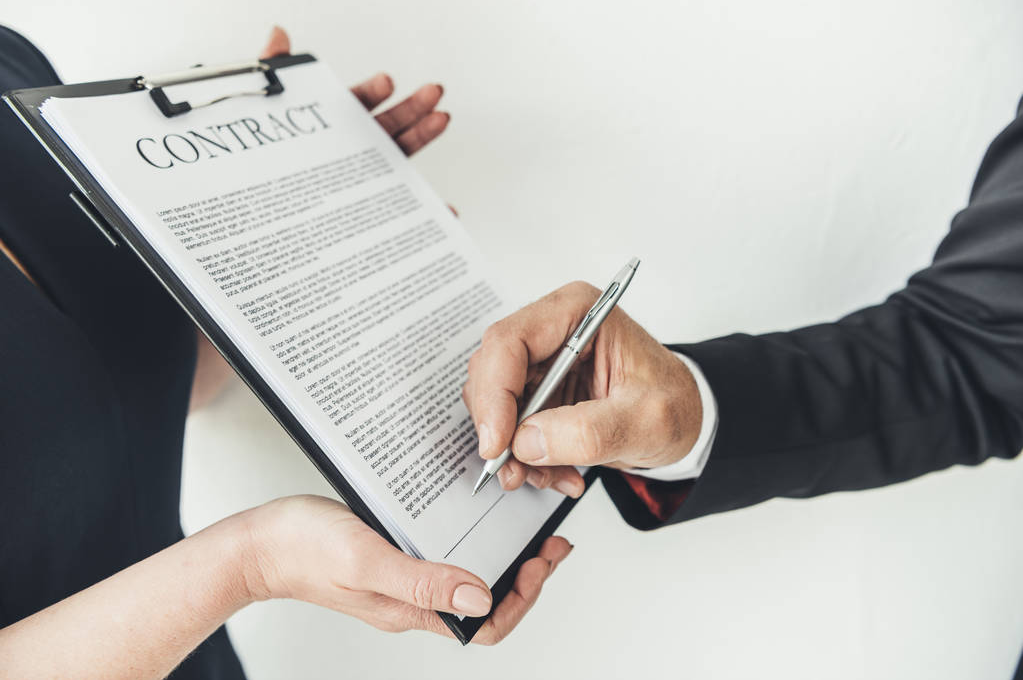The Steps to Sign a Contract :A Comprehensive Guide
Negotiating and signing contracts with suppliers is a crucial stage in the process of importing clothing. It formalizes the relationship and sets clear expectations for both parties. This is a guide to signing a contract that can help you understand the steps to sign a contract with the selected supplier
Step 1: Review the Terms and Conditions
Before agreeing to sign any contract, it is imperative to review all the terms and conditions thoroughly:
- Product Specifications: Confirm that the contract includes all details about the products, including materials, colors, sizes, and any special requirements.
- Pricing: Ensure that the agreed-upon prices are correctly stated and include any discounts or penalties for late payments.
- Delivery Dates: Check that the delivery dates align with your business needs and that there are provisions for delays or changes in schedules.
- Quality Standards: Verify that the contract outlines the expected quality standards and includes clauses for quality control and inspection.
- Payment Terms: Confirm the payment schedule, methods, and any advance payments or deposits required.

Step 2: Include Important Clauses
A well-drafted contract should cover all aspects of the transaction. Ensure that the following clauses are included:
- Intellectual Property Rights: Protect your designs and trademarks by including clauses that address intellectual property rights and confidentiality.
- Warranty and Liability: Include warranties and liability clauses that protect against defects and ensure responsibility for any damages incurred.
- Dispute Resolution: Specify the method for resolving disputes, whether through arbitration, mediation, or litigation, and agree on the applicable law and jurisdiction.
- Termination and Cancellation: Outline the conditions under which either party can terminate or cancel the contract, including notice periods and any penalties.
Step 3: Legal Review
It’s wise to have a legal professional review the contract to ensure that it protects your interests and complies with all applicable laws:
- Legal Counsel: Engage a lawyer who specializes in international trade to review the document and advise on any potential legal issues.
- Compliance: Ensure that the contract complies with both the laws of the exporting country (China) and the importing country (where your business operates).
Step 4: Negotiate Any Changes
If there are any discrepancies or terms that you find unsatisfactory, this is the time to negotiate changes:
- Clarification: Seek clarification on any ambiguous terms and ensure that both parties have a mutual understanding of the contract’s provisions.
- Adjustments: Propose adjustments to terms that do not align with your business practices or legal requirements.
- Finalization: Once all negotiations are complete and both parties agree on the terms, finalize the document for signature
Step 5: Prepare for Execution
Before signing the contract, prepare for its execution:
- Signatures: Ensure that all signatories have the authority to enter into the agreement on behalf of their respective organizations.
- Witnesses: Depending on local laws, you may need witnesses present during the signing.
- Notarization: Some contracts may require notarization to be legally binding; check the requirements and arrange for this step if necessary.

Step 6: Sign the Contract
With all preparations complete, proceed to sign the contract:
- Execution: Sign the contract in the presence of witnesses or a notary if required.
- Copies: Obtain multiple copies of the signed contract for your records and for distribution to relevant parties.
Step 7: Follow-Up and Implementation
After signing the contract, follow through with implementing its terms:
- Monitor Compliance: Regularly check that both parties are adhering to the terms of the contract.
- Document Changes: Document any changes or amendments to the contract and ensure that all parties are informed and agree to the modifications.
Signing a contract is a crucial step in the process of importing clothing from China. It establishes a legal framework that defines the responsibilities and obligations of both the importer and the supplier. By carefully reviewing the terms, including important clauses, seeking legal advice, negotiating any necessary changes, preparing for execution, and implementing the contract effectively, you can ensure a smooth and mutually beneficial business relationship.
I hope this article can help you further understand the steps for importing clothing from China. If you want to learn more about importing clothing and transportation from China, you can visit our homepage or contact us directly!

